
$15 Fix That Instantly Stops Carpenter Bees From Destroying Your Home
Carpenter bees can cause serious damage to wood surfaces, but simple, weatherproof solutions make it easy to protect your home
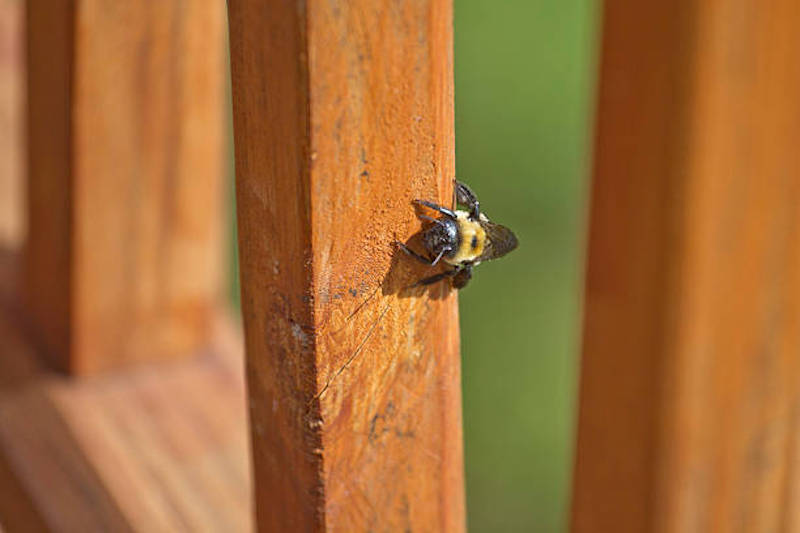
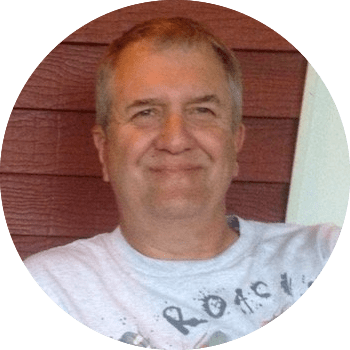
Think carpenter bees are harmless? Think again. These buzzing creatures might be doing more damage to your home than you realize. These fascinating yet destructive creatures can wreak havoc on homes if left unchecked.
Get The Best Carpenter Bee Trap for 2025: Stop Recurring Damage for Good!
Here are 10 lesser-known facts about carpenter bees and the damage they can cause.
Understanding carpenter bee behavior is key to preventing damage and managing infestations effectively, especially since unchecked activity can weaken the structure of your home. By learning these key facts, both homeowners and pest control professionals can take proactive steps to prevent costly damage from carpenter bee nests and infestations.

From identifying signs of infestation to implementing targeted control methods like the Carpenter Bee Blocker Pro, being informed enables individuals to safeguard their properties and maintain their integrity over time. This blog serves as a valuable resource, equipping readers with the understanding and tools needed to address carpenter bee issues confidently and effectively.
Read our related blog, “How to Deal with Carpenter Bees: Your Guide to Keeping Them at Bay“.
Taking proactive steps is the best way to minimize the damage caused by carpenter bees. Regularly inspect the wooden areas of your home, particularly in the spring when the bees are most active. If you spot entry holes or sawdust around wooden structures, don’t wait for the damage to escalate. Sealing these holes quickly with Carpenter Bee Blocker Pro can prevent future nesting and help protect the integrity of your home.
Beyond immediate treatment, it’s also important to consider long-term strategies for managing carpenter bee activity. Regular maintenance and treatment of your wooden surfaces can help keep the bees from returning year after year. Coating wood with a protective sealant or painting it with a non-toxic, bee-repellent finish can also discourage carpenter bees from making your home their nesting ground. By taking these steps, you can enjoy a bee-free environment and protect your property from ongoing damage.
By addressing carpenter bee infestations early, homeowners can avoid costly repairs and ensure their structures remain intact. While these bees play a role in the ecosystem, they don’t have to destroy your home in the process.

Understanding the lesser-known facts about carpenter bees empowers homeowners and pest control professionals to mitigate their potential damage. By implementing proactive measures and recognizing carpenter bee nests signs of infestation, we can safeguard our properties from structural harm and preserve their integrity for years to come.
Understanding the lesser-known facts about carpenter bees is crucial for homeowners and pest control professionals alike. These seemingly harmless insects can cause significant damage to wooden structures if left unchecked. By learning to recognize the signs of an infestation and understanding their behavior, you can take proactive steps to protect your home and prevent costly repairs.
Don’t wait until carpenter bees have caused irreversible damage to your property. Act now by sealing entry holes and preventing further nesting with Carpenter Bee Blocker Pro. This simple yet effective solution will provide peace of mind, ensuring your home is safe from these destructive pests.
Take action today: Protect your wooden structures and stop carpenter bee damage before it starts. For a limited time, get FREE shipping for the Carpenter Bee Blocker Pro and safeguard your property from future infestations.
Say goodbye to carpenter bee worries and hello to a safer, damage-free home with Carpenter Bee Blocker Pro.

Carpenter bees can cause serious damage to wood surfaces, but simple, weatherproof solutions make it easy to protect your home
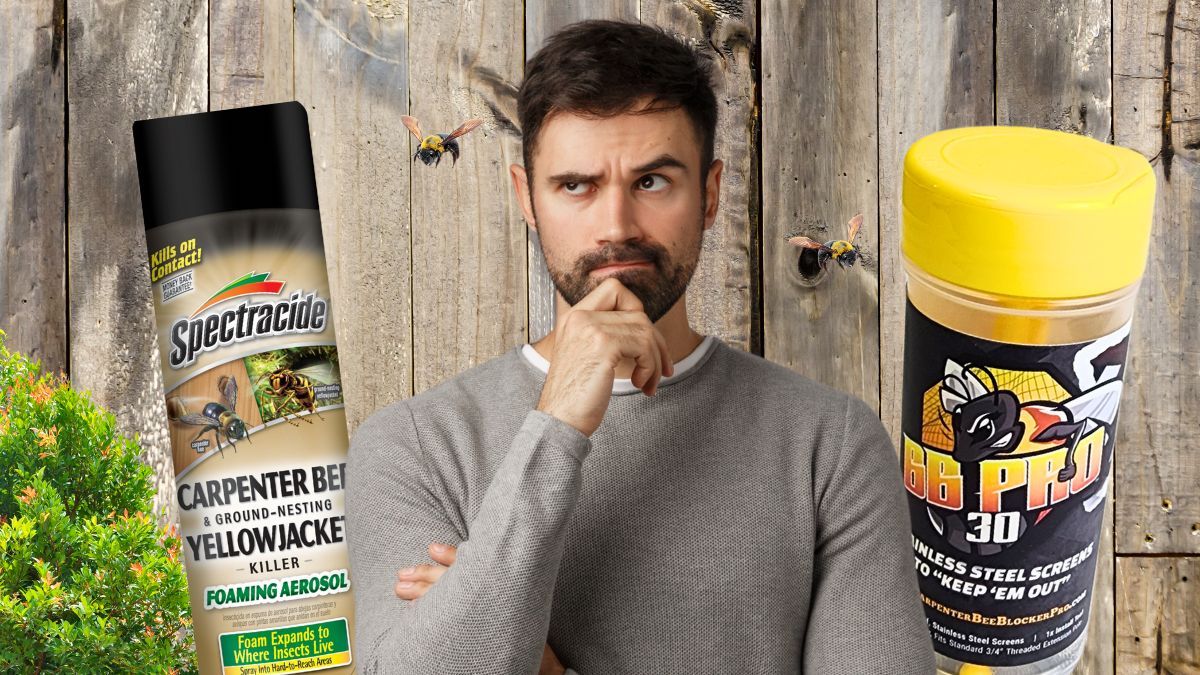
While Spectracide kills carpenter bees, Bee Blocker Pro prevents the damage before it starts—no need for pesticides unless absolutely necessary.

Carpenter bees are quietly drilling into homes across the U.S.—this updated heat map shows where damage is peaking right now.
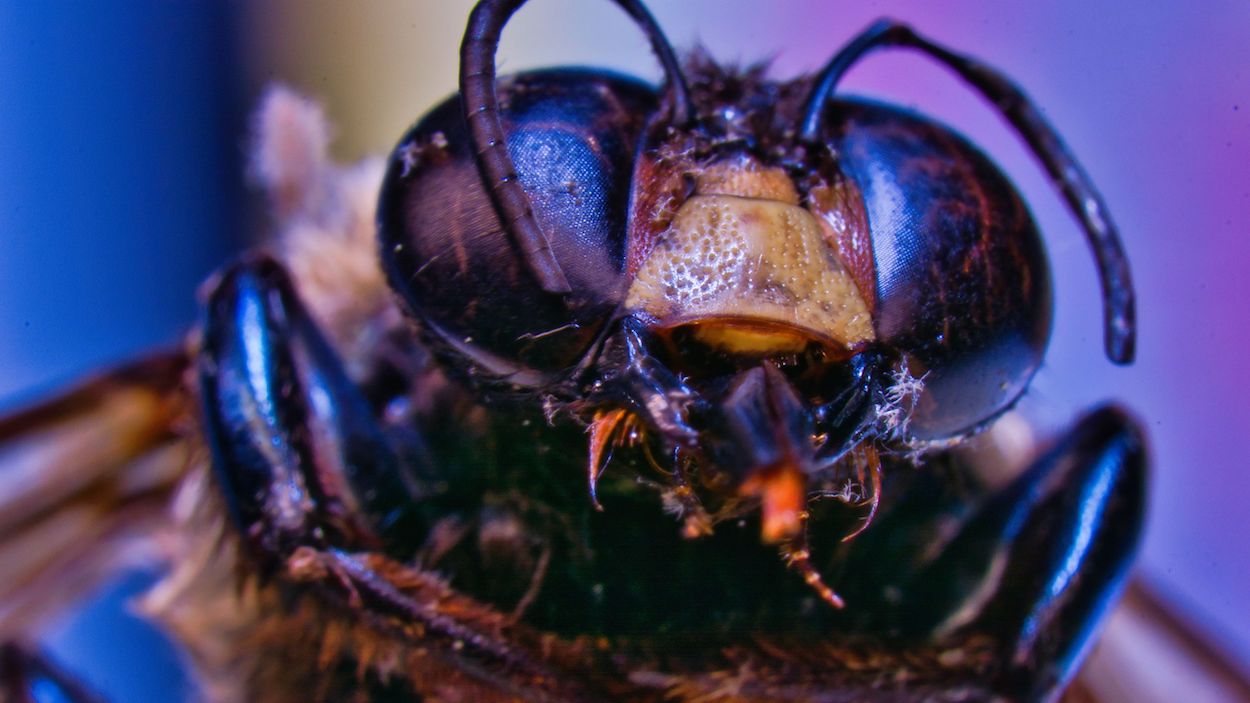
Discover why most carpenter bee sprays fail and how to use the proven, long-lasting solution to protect your home.
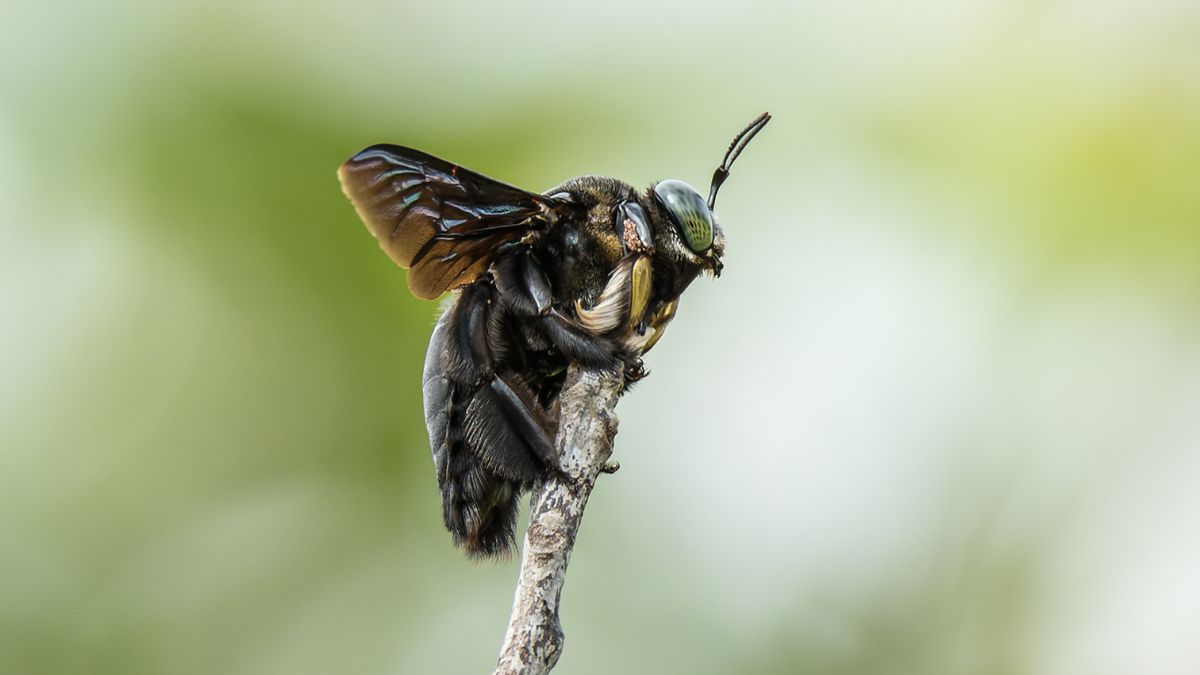
Protect your home naturally with a carpenter bee deterrent that seals holes and prevents damage—no bait, no ladders or messes,
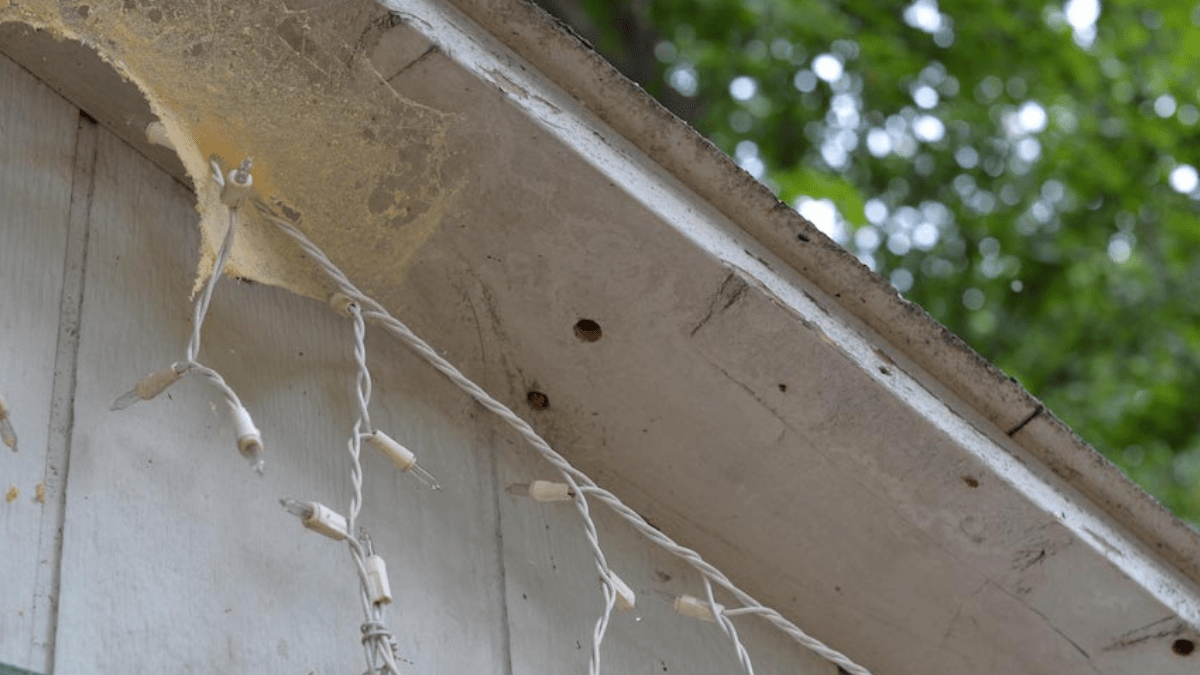
Carpenter bee holes start small but cause big damage—see what a carpenter bee hole looks like and how to stop
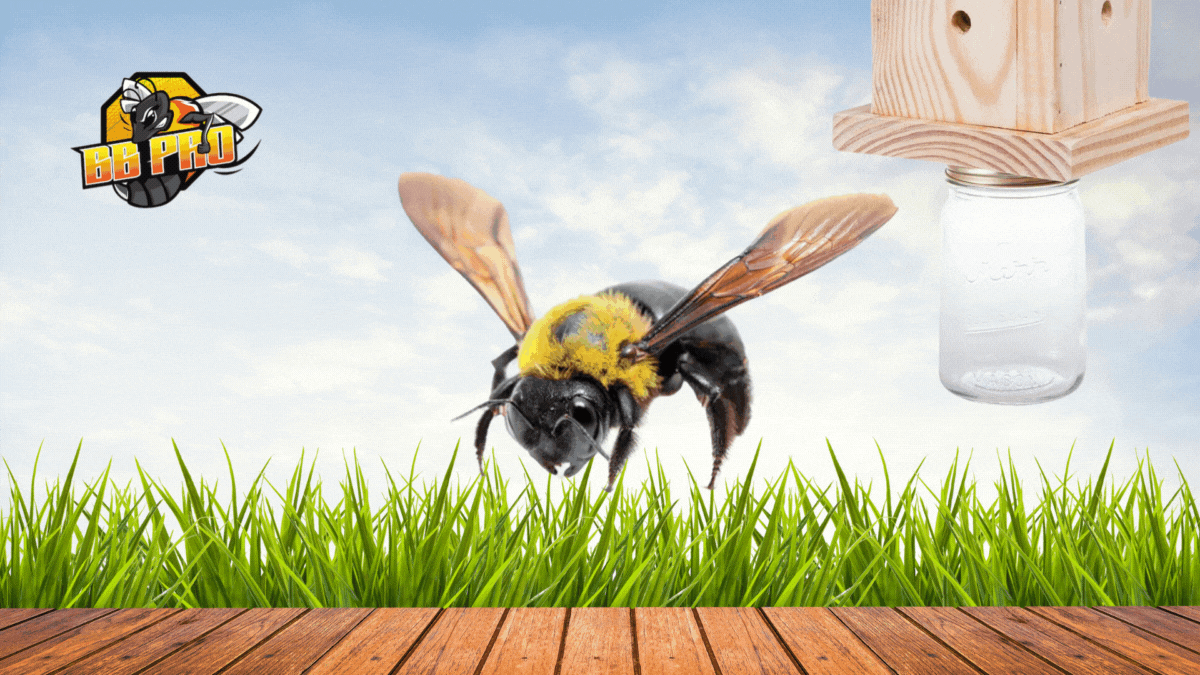
Relying on a bee house alone is like spraying perfume on a mold problem—you’re covering it up, not fixing it.
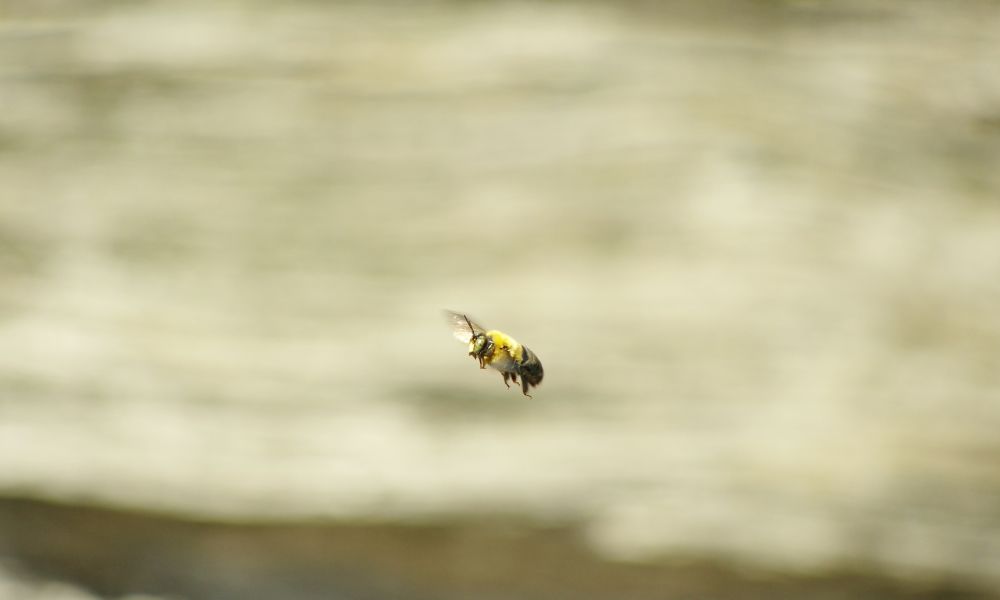
Cut off carpenter bee access, collapse the nest, and stop the damage—no sprays, no guesswork. Watch the video to see